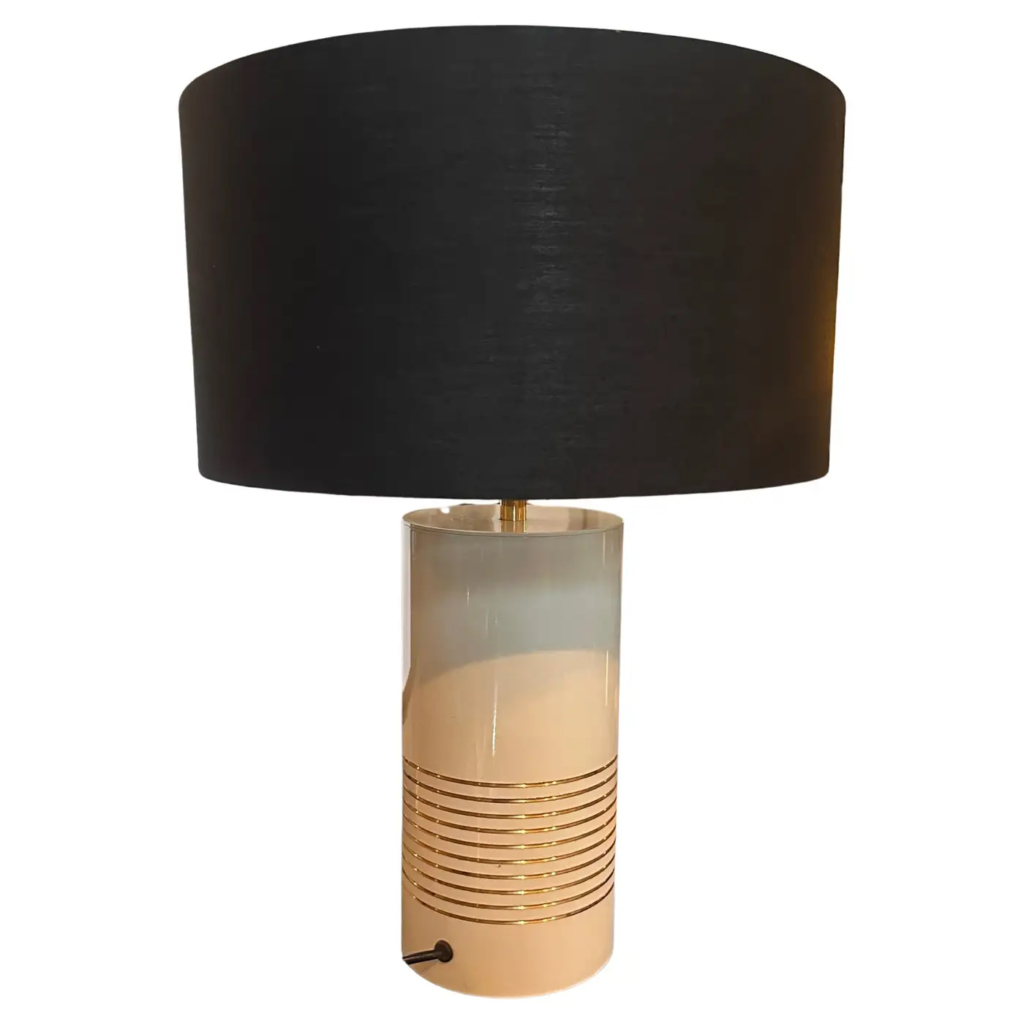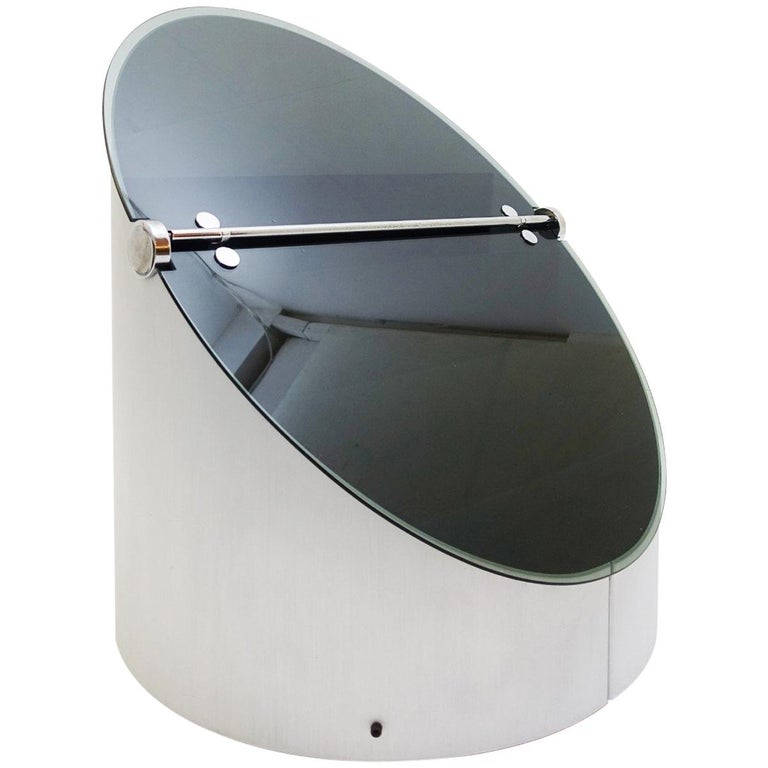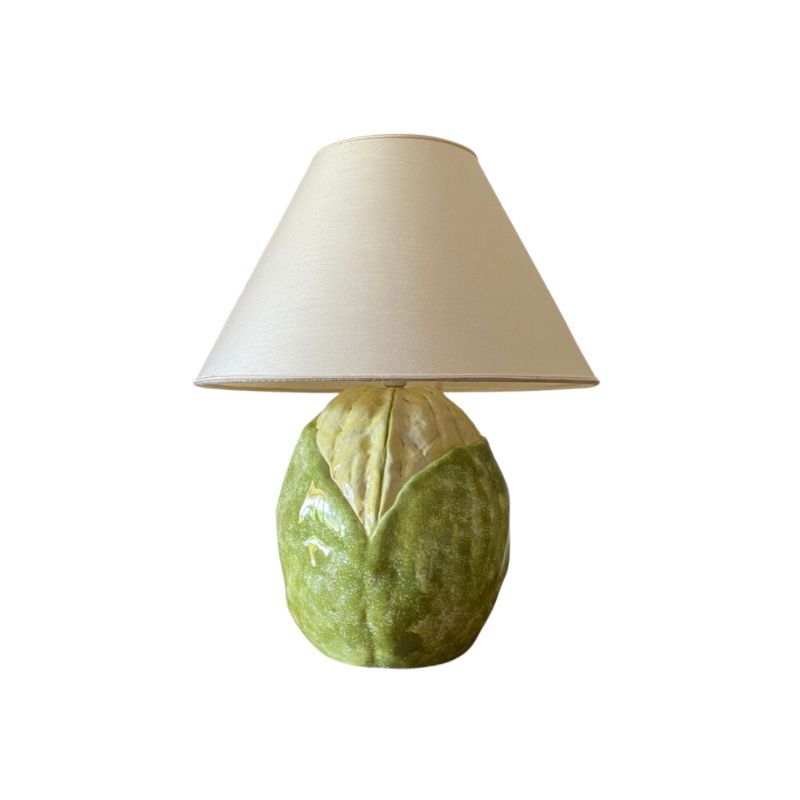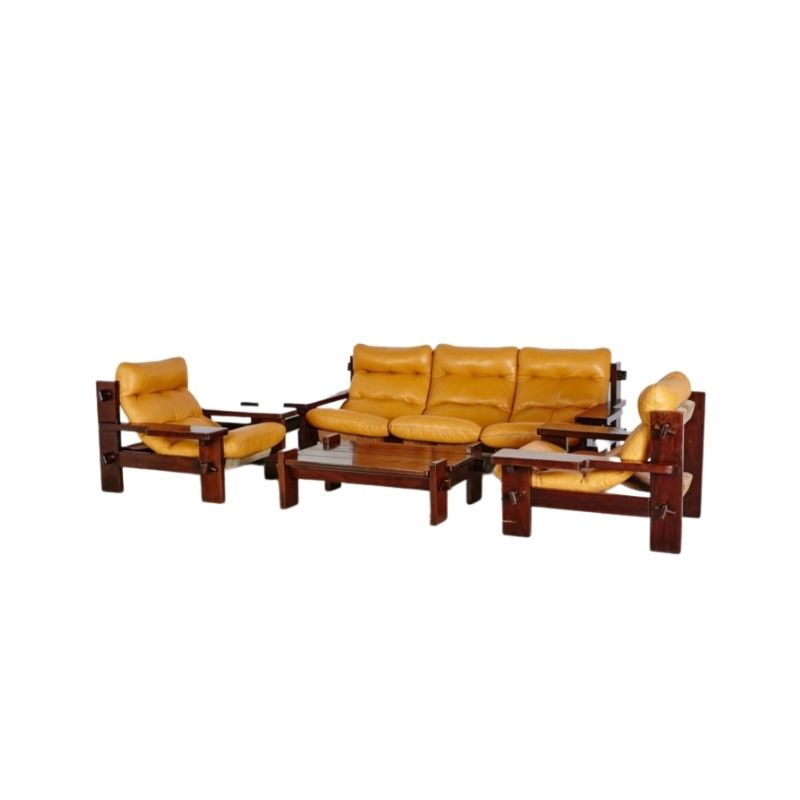@Andersen It should not be too hard to understand why some retailers do not want their vendors’ names on merchandise. There are plenty of retailers who are this way now. The more high end and exclusive the retailer the more this is true and in the case of a really high end retailer in Denmark back then, Illums Bolighus, they put their own tag on the merchandise often over the top of the maker’s name or they specifically negotiated for unmarked merchandise so they did not have to cover the makers name. The benefit was that the customer’s relationship was to the retailer, not to the maker. The customer had a much harder time figuring out how to go around the retailer to the maker or to another retailer, so the retailer could be stronger on the price. And other retailers could not send a spy into your shop to look around at what you were selling and get the maker’s name off the bottom.
And bear in mind that while all furniture and department stores in Denmark were not high end like Illums, Denmark is a small place and furniture is a major investment, so going around your local retailer for a better price was a major concern of a retailer. In fact their were ‘fairs’ that allowed the public in where the makers exhibited their wares and savvy buyers would go there for the best price, to the displeasure of retailers and in these specific case you might sometimes see that the maker marked the furniture because it was a direct sale, in order to help form that bond for future potential sales.
I believe that indeed Hans Wegner and Carl Hansen were the first to break these rules in the danish furniture industry, but please find an earlier example and post it here.
Very interesting and thanks for the thoughts. What about Johannes Hansen, the Illums tag was not applied over, or ? I am actually not sure it is OK to say Illums was an average or normal retailer. It was funded by a group of people including those producers who wanted to bring to Copenhagen the excellence of Danish manufacturing in terms of furniture, smaller objects made of wood (Kay Bojensen was one of the funders), glass, and ceramics. On the magazines of the time you find ads from other retailers who I believe the mechanism of not having marked pieces made economically more sense.
Illums Bolighus was not a normal retailer. For a very high end retailer who people looked to for the direction of the market it was very important to hide who their vendors were so that every other retailer could not walk into the store flip a chair over and know what to buy for their store tomorrow. But Illums also wanted the best stuff from producers with big name designers who might have the leverage to demand that Illums accept marked pieces (and thereby do marketing for the maker and the designer). Illums also wanted exclusive items that makers did not sell to anyone else, or exclusive variation, anything exclusive basically, guaranteeing they would not compete with everyone else just on price. So what I have seen with a case like Finn Juhl / Niels Vodder is evidence that the marking was negotiated on a piece by piece basis, and I would not be surprised if this changed over time because the whole feeling around marking was changing then. Something exclusive to Illums Bolighus like the FJ40 writing desk was never marked (this is the sort of piece that was made by Illums and had they not carried it, it is likely it would be a fossil in photographs). High volume pieces like the FJ55 side chair were also unmarked. The FJ45 was also a high volume piece, comparatively, so it was unmarked. The Chieftain and the Judas table were low volume items (the Judas was not even in the catalog) and so Niels Vodder was able to demand the right to mark them.
I have not found the evidence to guess exactly the negotiation with Johannes Hansen looked like, but I imagine it was similar to Niels Vodder. Certainly all the same principles applied. The more value that Illums saw in a piece the more they wanted it unmarked.
The major thing, well maybe, two thing that we as collectors today have to understand is that our (false) idea that the mark conveys authenticity and is valuable had absolutely nothing to do with the reasons behind marking back then. And the second related thing is that in English we consider the mark to be the maker’s mark, but for the industry back then, certainly in the early days, a mark was the retailer’s mark even when it said something like Snedkermester Jacob Kjær, the point was that Kjær was the retailer, not the maker. (And this is why hand cabinetmaker pieces were more frequently marked compared to factory pieces: because cabinetmakers had no other retailers but themselves).
Very interesting and thanks for the thoughts. What about Johannes Hansen, the Illums tag was not applied over, or ? I am actually not sure it is OK to say Illums was an average or normal retailer. It was funded by a group of people including those producers who wanted to bring to Copenhagen the excellence of Danish manufacturing in terms of furniture, smaller objects made of wood (Kay Bojensen was one of the funders), glass, and ceramics. On the magazines of the time you find ads from other retailers who I believe the mechanism of not having marked pieces made economically more sense.
@andersen I think you're mixing up Illums with Den Permanente here. 😉 Illums Bolighus was opened in 1928 under the name BO by the Danish businessman Kaj Dessau. It must have been an impressive shop with a new concept but it was not "funded by a group of people". Dessau sold his shop 1941 to the nearby departmentstore Illums. Since then it's called Illums Bolighus.
"People buy a chair, and they don't really care who designed it." (Arne Jacobsen)
And Den Permanente was not technically a retailer at all. Den Permanente was a commissioned sales agent. So when Den Permanente “sold” a Johannes Hansen piece they wrote up the invoice on behalf of JH and handled the money on behalf of JH, taking their percentage (it was 10% early on and rose to 25% by the end of the era) and sending the rest of JH along with the order for the furniture. Den Permanente never owned inventory; orders were filled from the cabinetmaker’s inventory or made to order. The point is that Johannes Hansen was the seller of pieces bought in the Den Permanente building and as such Johannes Hansen was still the retailer marking the piece. You may have notice you never ever see a Den Permanente mark and this is most of the story of why.
If you need any help, please contact us at – info@designaddict.com









